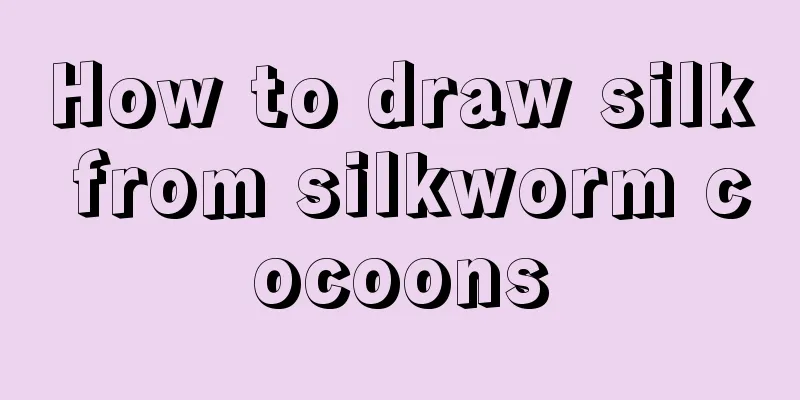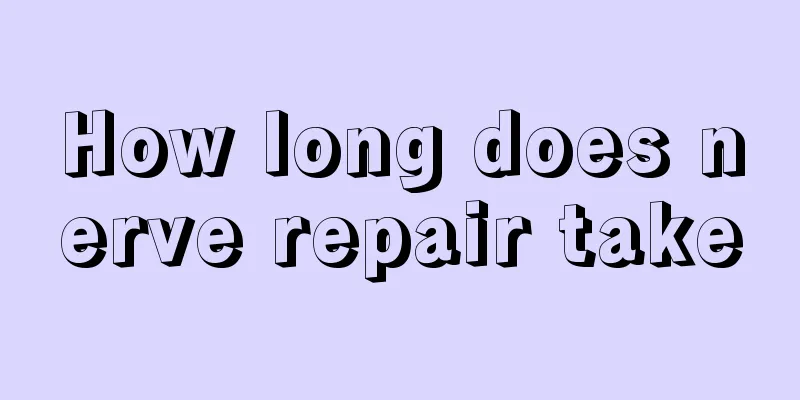How to draw silk from silkworm cocoons

|
China's Silk Road began in the Tang Dynasty and has a history of thousands of years. In ancient China, many people were engaged in sericulture, so the sericulture industry was very developed in China at that time. Therefore, silk was relatively abundant at that time, although the price was also relatively expensive. By that time, in today's China, due to the rapid economic development, in the eyes of many people, sericulture is a relatively dirty and hard industry. Speaking of silk, people will inevitably think of sericulture, and speaking of sericulture, people will inevitably think of silk. It is a fact that everyone generally knows that silk is produced by silkworms spinning cocoons, so it is very precious, and silk is also very soft. So, let's take a closer look at how silk is produced from silk cocoons. In the early 1930s, Huanqiu Iron Works successfully trial-produced the earliest vertical silk reeling machine in China. After 1937, newly built factories in Shanghai and old factories such as the Yihe Silk Factory all adopted new circulating cocoon cooking machines, cocoon peeling machines, vertical reeling machines and blackboard machines. The output quality and economic benefits of these factories were better than those of other factories. At that time, a double-palace silk reeling machine was designed and manufactured by people who returned from studying in Japan and was successful. The machine could reel double-palace cocoons (one cocoon with two pupae) which were originally picky and could not be spun into silk by silk factories. In 1951, the First Textile Machinery Factory successfully imitated the first domestic D-101 automatic silk reeling machine (automatic thread adding), which increased production efficiency by 1.5 times compared with the vertical reeling machine. Each group (400 threads) only required 6 to 8 people to manage, while other vertical reeling machines of the same capacity required 20 people to manage. In the 1950s, the Dali Silk Factory and the Shanghai Institute of Biology of the Chinese Academy of Sciences conducted a joint study and used sodium dihydrogen phosphate to dissolve sericin. The temperature can be reduced by nearly 50% compared with the original high-temperature solution, that is, from 210°C to 120°C. This not only saves energy, but also protects the outer layer of the cocoon, evenly dissolves the middle and inner layers, and improves the soothing effect. The factory also innovated and promoted the combined cocoon selection and peeling machine, replacing the original manual cocoon selection and peeling with mechanized and semi-automated methods, reducing the labor intensity of workers and increasing output by 6 times. In the mid-1970s, in order to enable the reeled silk to be directly wound into bobbins for supply to silk weaving factories, Shanghai Silk Reeling Factory (formerly Dali Silk Factory) and Shanghai Textile Science Research Institute trial-produced an 18-spindle bobbin reeling machine, which passed the appraisal on March 9, 1977. After the founding of New China, the Luo Binhan brand white silk produced by the Shanghai Silk Reeling Factory, weighing 60 kilograms per piece, was basically supplied to various silk weaving factories in Shanghai. Since 1956, the silk has been inspected and shipped out according to the 1955 International Raw Silk Grading Standards of the Commodity Inspection Bureau of the Ministry of Foreign Trade. Through the above detailed introduction to silk reeling from silk cocoons, everyone should have a certain understanding of this aspect. The reason why silk is so precious and expensive is not only because of its rarity, but more because of its comfort level and its good warmth-keeping effect. Therefore, families with the conditions often use silk quilts in winter. |
<<: Is the blood pressure reducer useful?
>>: What to do with smelly feet
Recommend
The best time to replenish water after strenuous exercise
Life lies in exercise. Everyone should have a cer...
How to clean crabs?
Crab is a very popular ingredient in our daily li...
16 tips to get rid of acne
Some people have oily skin, so they often get a l...
What causes glioma?
Modern medicine is developing rapidly, but there ...
What is the reason for vertical lines on the earlobe
Vertical lines on the earlobes are a problem that...
What is the best way to treat lung cancer? Introduction to the best treatment for lung cancer
The best treatment for lung cancer is chemotherap...
Push-ups to train chest muscles
Not only do women want to have a good figure, man...
Can lung cancer patients eat Gastrodia elata?
Can lung cancer patients eat Gastrodia elata? 1. ...
The difference between hibiscus and mume
The difference between hibiscus and mume, in life...
What's wrong with the redness at the base of the nose
People's noses are used to breathe fresh air,...
What medicine to take for rhinitis and pharyngitis
There are many patients with rhinitis in our live...
What to do if acne turns into a mole
Some people do not take the acne on their faces s...
What causes uremia
Uremia is a relatively serious kidney disease. On...
The difference between topical anesthesia and local anesthesia
As we all know, anesthesia is required before sur...
Can stage 1 nasopharyngeal carcinoma be cured?
Nasopharyngeal carcinoma can be cured. If the nas...









